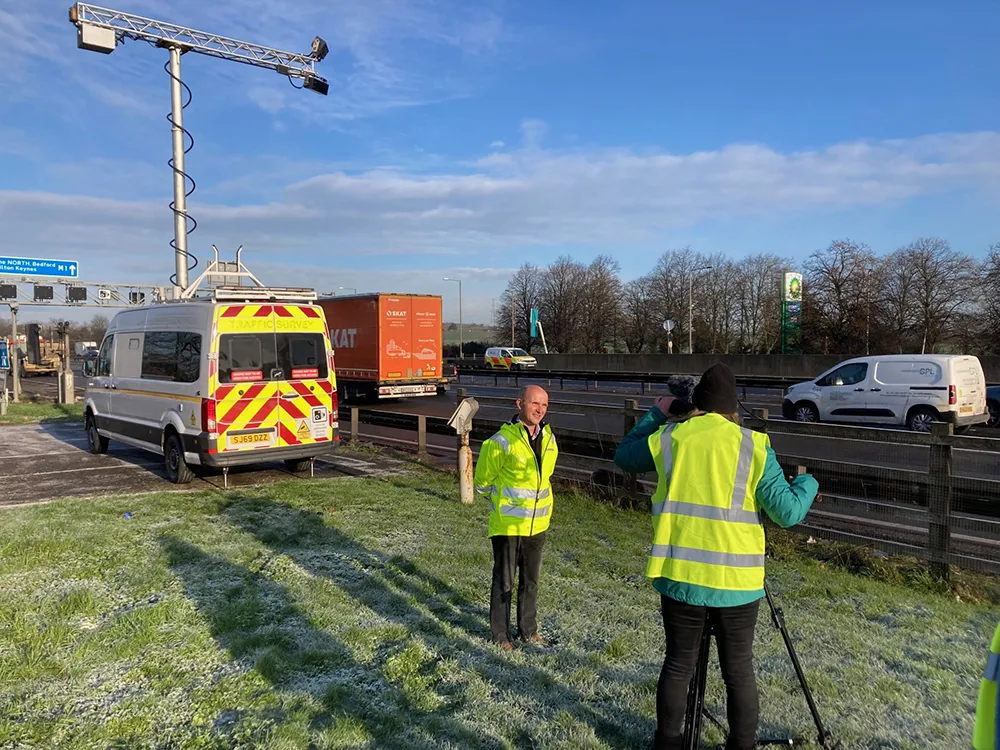The government of Indonesia says it is working to reduce the number of road deaths in the country by 50 per cent by 2020 and by 80 per cent by 2035. To achieve this, the government will be upgrading the road infrastructure as well as introducing a road safety programme that will run over a ten-year and 25-year plans, starting this year. The programme will be overseen by the National Planning Development Board with involvement of the national police as well as the public works, transportation, national educa
April 17, 2012
Read time: 2 mins
RSSUS Transportation Secretary Ray LaHood has announced dramatic reductions in distracted driving in Syracuse, New York, and Hartford, Connecticut, after two pilot projects measured the effect of increased law enforcement coupled with high-profile public education campaigns.
“These findings show that strong laws, combined with highly-visible police enforcement, can significantly reduce dangerous texting and cell phone use behind the wheel,” said LaHood. “Based on these results, it is crystal clear that those who try to minimise this dangerous behaviour are making a serious error in judgment, especially when half a million people are injured and thousands more are killed in distracted driving accidents.”
Each programme, which was supported by $200,000 in federal funds and $100,000 from the state, examined whether increased police enforcement along with paid advertising and news media coverage could reduce distracted driving. The pilot efforts used “Phone in One Hand, Ticket in the Other” as the media campaign theme and were structured similarly to the highly-successful national seat belt campaign, “Click It or Ticket.”
During four periods of stepped up enforcement over the past year, Syracuse police issued 9,587 citations for driver violations involving talking or texting on cell phones while operating a vehicle. During the same period, police in Hartford, Connecticut, issued 9,658 tickets for illegal phone use.
Before and after each enforcement wave, the834 National Highway Traffic Safety Administration (NHTSA) actively observed cell phone use and conducted public awareness surveys at driver licensing offices in the two cities, which found:
“The success of these pilot programmes clearly show that combining strong laws with strong enforcement can bring about a sea change in public attitudes and behaviour,” said NHTSA Administrator David Strickland.
NHTSA plans to test this same three-part formula – tough laws, strong enforcement, and ongoing public awareness – at the state-wide level next.
“These findings show that strong laws, combined with highly-visible police enforcement, can significantly reduce dangerous texting and cell phone use behind the wheel,” said LaHood. “Based on these results, it is crystal clear that those who try to minimise this dangerous behaviour are making a serious error in judgment, especially when half a million people are injured and thousands more are killed in distracted driving accidents.”
Each programme, which was supported by $200,000 in federal funds and $100,000 from the state, examined whether increased police enforcement along with paid advertising and news media coverage could reduce distracted driving. The pilot efforts used “Phone in One Hand, Ticket in the Other” as the media campaign theme and were structured similarly to the highly-successful national seat belt campaign, “Click It or Ticket.”
During four periods of stepped up enforcement over the past year, Syracuse police issued 9,587 citations for driver violations involving talking or texting on cell phones while operating a vehicle. During the same period, police in Hartford, Connecticut, issued 9,658 tickets for illegal phone use.
Before and after each enforcement wave, the
- In Syracuse, New York because of high-visibility enforcement – both handheld cell phone use and texting behind the wheel have declined by one-third.
- In Hartford, Connecticut, where researchers initially identified drivers talking on their cell phones at twice the frequency (which left more room for improvement), there was a 57 per cent drop in handheld use and texting behind the wheel dropped by nearly three-quarters.
“The success of these pilot programmes clearly show that combining strong laws with strong enforcement can bring about a sea change in public attitudes and behaviour,” said NHTSA Administrator David Strickland.
NHTSA plans to test this same three-part formula – tough laws, strong enforcement, and ongoing public awareness – at the state-wide level next.








